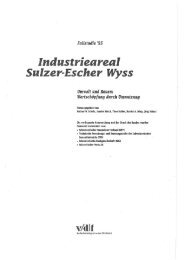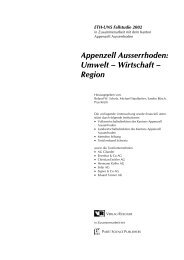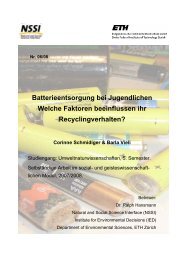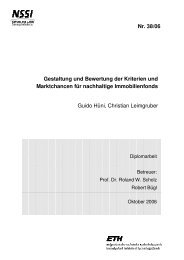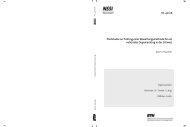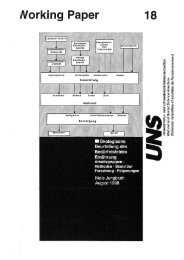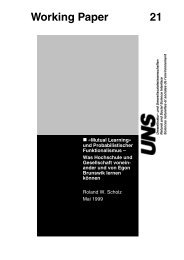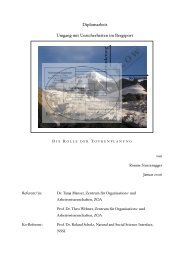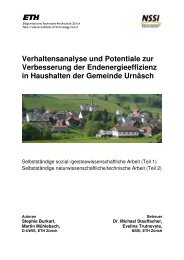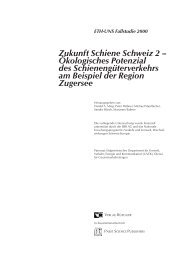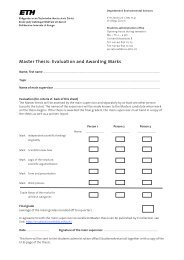Non-road fuel consumption and pollutant emissions ... - BAFU - CH
Non-road fuel consumption and pollutant emissions ... - BAFU - CH
Non-road fuel consumption and pollutant emissions ... - BAFU - CH
You also want an ePaper? Increase the reach of your titles
YUMPU automatically turns print PDFs into web optimized ePapers that Google loves.
<strong>Non</strong>-<strong>road</strong> <strong>fuel</strong> <strong>consumption</strong> <strong>and</strong> <strong>pollutant</strong> <strong>emissions</strong> FOEN 2008 58<br />
6.7 Railway machinery<br />
Most of the railway vehicles in Switzerl<strong>and</strong> that are equipped with a combustion<br />
engine take the form of shunting locomotives, railway tractors <strong>and</strong> service vehicles<br />
(e. g. cranes, snow blowers, stamping machines). Shunting locomotives have a higher<br />
engine power than tractors. The inventory <strong>and</strong> utilisation data for locomotives can be<br />
taken from the figures of the Swiss Federal Statistical Office. The inventory <strong>and</strong> operating<br />
hours for tractors have to be based on information provided by Swiss Federal<br />
Railways (SBB) <strong>and</strong> the Swiss Federal Office of Transport (FOT).<br />
Inventory<br />
Figure 27 (top left) shows that the majority of the railway vehicles in Switzerl<strong>and</strong> that<br />
are equipped with a combustion engine take the form of railway tractors. The number<br />
of diesel locomotives is comparatively low, but by comparison with diesel machines in<br />
other categories, the engine power of diesel railway vehicles is relatively high.<br />
Operating hours <strong>and</strong> their chronological development from 1980 to 2020<br />
According to data provided by Swiss Federal Railways, the inventory <strong>and</strong> specific<br />
operating hours of diesel railway vehicles have increased sharply over the past few<br />
years. For example, SBB Cargo has recently purchased several powerful AM 842<br />
locomotives. This trend is also apparent from the distribution of engine power of diesel<br />
railway vehicles, which has clearly shifted in favour of more powerful models.



